US cities that went bankrupt
Big US cities and counties that have gone bust
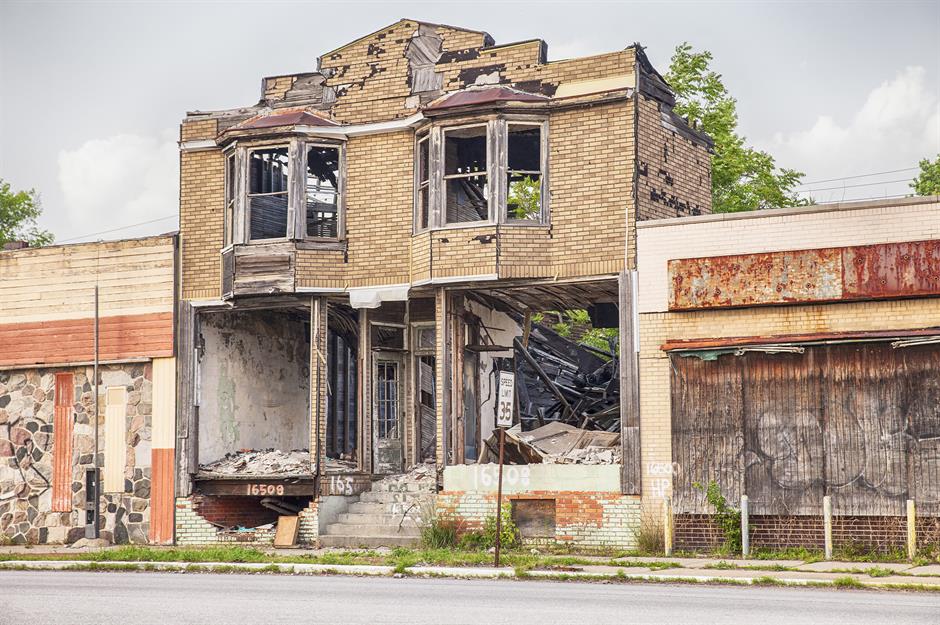
Across America, a handful of towns, cities, and counties have been forced to file for bankruptcy after becoming unable to pay their bills.
Read on to find out which of the US's biggest cities and counties have filed for Chapter 9, why they hit hard times, and what happened next.
Vallejo, California: $18 million debt

When it declared bankruptcy in 2008, this Bay Area suburb of 120,000 became the largest city in California to do so. Founded in 1850, its history has long been tied to the Mare Island Naval Shipyard, which opened in 1854. It was the first US Navy base built in the Pacific Ocean, providing civil defense and emergency response services to much of the west coast. During World War II, the shipyard even included a hospital accommodating 600 patients.
Vallejo, California: $18 million debt
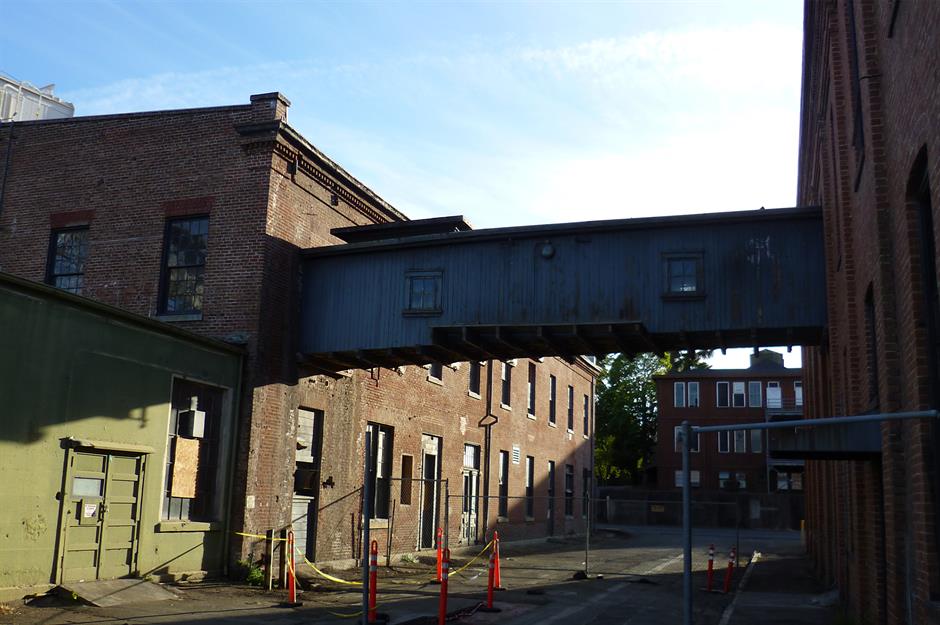
At its wartime peak, Mare Island employed 50,000 workers. But when it closed in 1996 the city lost jobs, not to mention the much-needed tax revenue to support the public employee pension and healthcare benefit packages that had become an overwhelming expense for the city. In fact, a report by Stanford at the time showed employer pension contributions totaled $5 million in 2003-04, and more than doubled to $11.3 million by 2008-09.
That wasn't the only expense putting pressure on Vallejo's funds; pay and benefits for firefighters and police officers accounted for nearly 75% percent of the city's general fund budget in 2008. That same year, with $18 million in debt, the city of Vallejo was forced to file for bankruptcy.
Vallejo, California: $18 million debt

Following bankruptcy the city introduced austerity measures and also reduced its fire and police services. It exited bankruptcy in 2011 and that same year voters approved a one-cent sales tax, which they would later renewed in 2016. This provided the city with an extra $14-16 million a year, which was earmarked to cover the lost police and fire services.
In 2023, the city estimated it has raised $10 million per year over the last 10 years. This reserve budget became very useful in 2020, when the pandemic hit and Vallejo faced an expected $12-13 million deficit. But although it has much to celebrate, it might not be out of the woods just yet as the city’s pension contributions are expected to increase to at least $52 million by 2030...
Stockton, California: $700 million debt
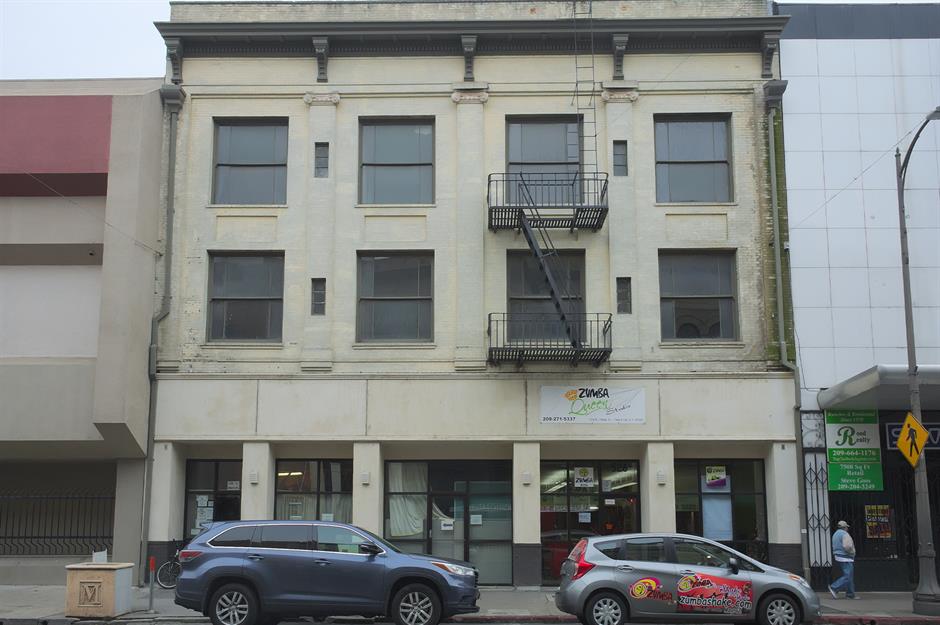
Located in the agricultural Central Valley, Stockton grew into a transportation hub during the 20th century and its population of roughly 300,000 has steadily grown over the last 150 years. In the 1990s, Stockton responded to city employees seeking pay raises by offering full health insurance in retirement instead, among other generous pension benefits. At that time a strong stock market provided the necessary returns for pension funds and the growing housing market added to the city’s tax revenue.
Stockton, California: $700 million debt
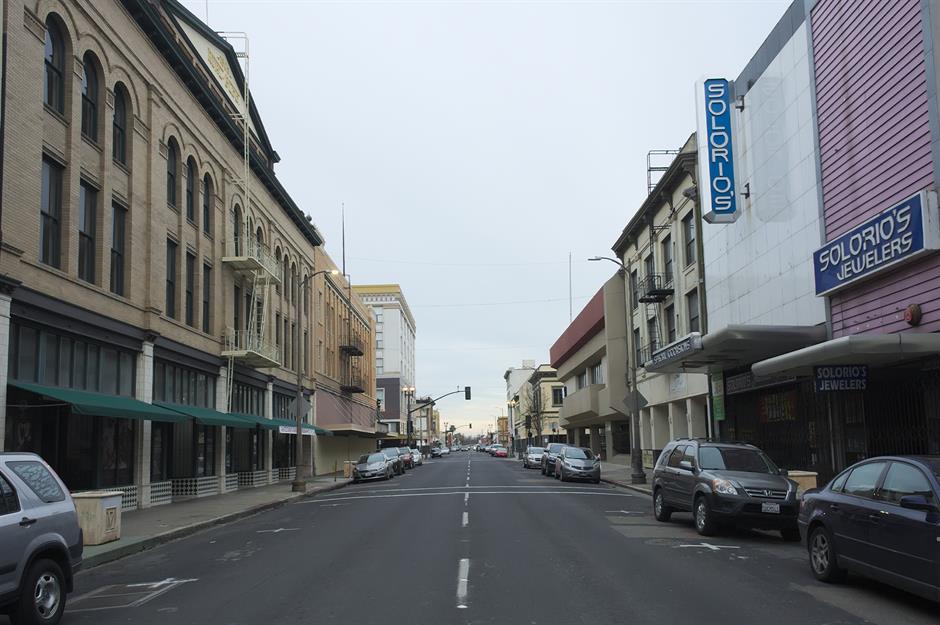
Meanwhile, Stockton launched various redevelopment and downtown revitalization programs, for which it took on debt. In 2007-2008 as the housing market crashed and the financial crisis took hold, the city's finances went deep into the red and it was even named one of the foreclosure capitals in America. Unable to pay its bills, in July 2012 Stockton overtook Vallejo to become the largest city in California to file for bankruptcy and, at the time, was also the largest in the US. It was running a $26 million deficit and had $700 million in debt.
Stockton, California: $700 million debt
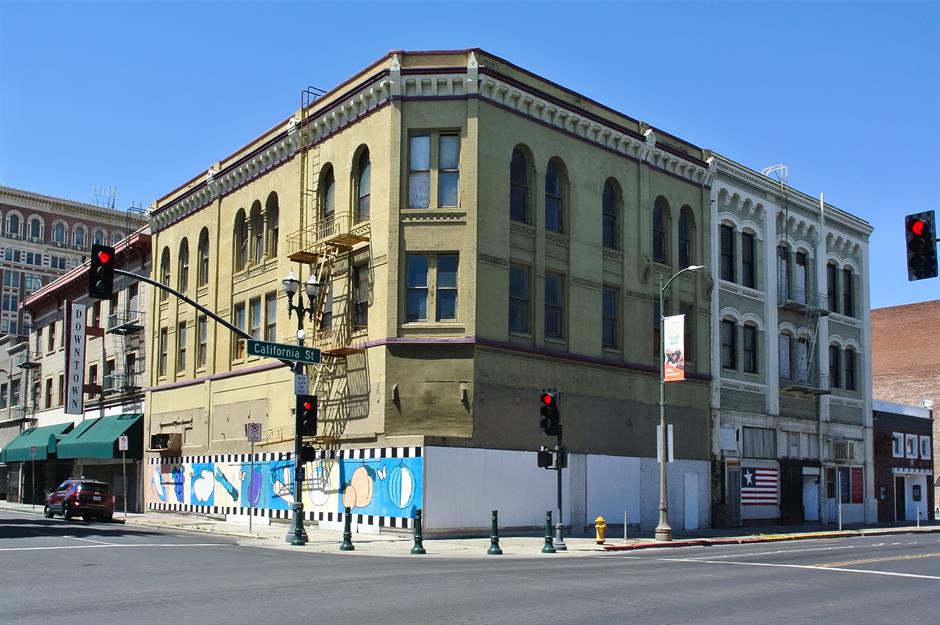
The city exited bankruptcy in 2015. During its bankruptcy proceedings it was arranged that contributions to current employee pensions would be reduced, and in 2013, the city stopped offering retirement healthcare. That same year, voters approved a measure to increase the sales tax by three-quarters of a cent, which could generate as much as $28 million per year. Other austerity measures included reduced hours and services for the city hall, libraries and parks.
Now, more than 10 years later, the city reports its finances are back in the black, but it remains cautious. Stockton's bankruptcy plan to repay its debts extends to 2053.
San Bernardino, California: more than $1 billion in debt
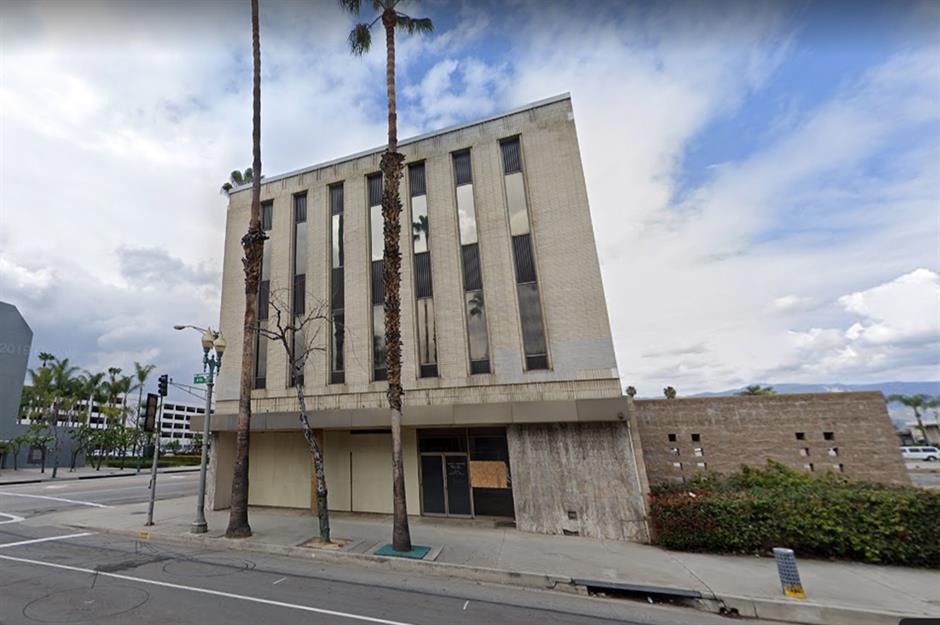
Two months after Stockton filed for bankruptcy it was followed by San Bernardino in August 2012. Though this southern California city had a slightly smaller population, it carried much more debt. Notable for being home to the first ever McDonald’s restaurant, San Bernardino’s economy relied heavily on services including government, retail and restaurants. As in Vallejo, a 1994 naval base closure cost the city some 10,000 jobs and helped spark an economic downturn.
San Bernardino, California: more than $1 billion in debt
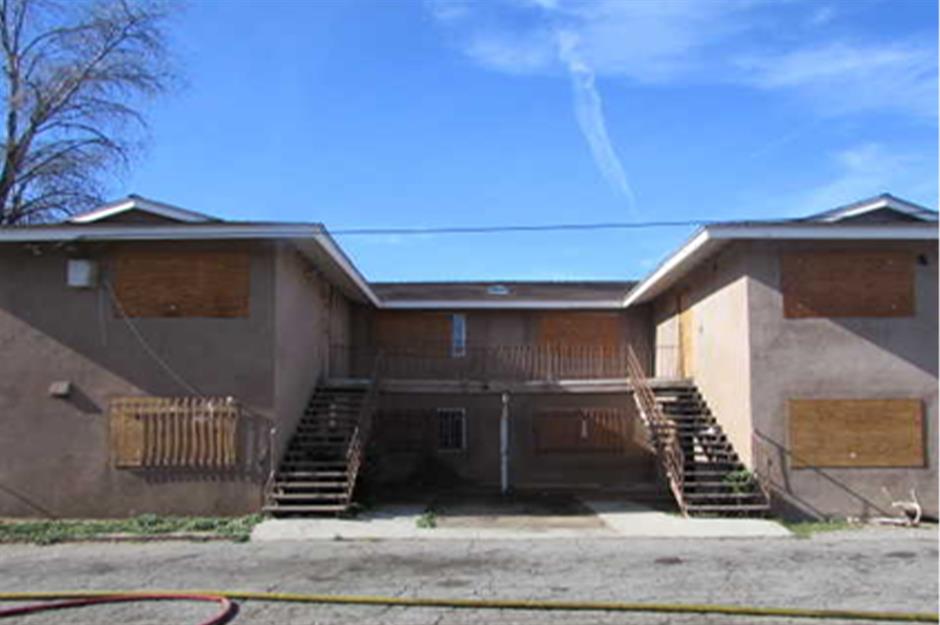
The housing crash had a significant effect on the city’s ability to collect revenue, while debt from pension and other retirement benefits had been mounting. As part of the city’s bankruptcy plan retirement healthcare was cut, but not pensions (though city contributions were reduced). San Bernardino also decided to end its city-run fire and emergency services and use the county instead, which is estimated to have saved around $2.7 million in pension spending per year.
San Bernardino, California: more than $1 billion in debt

By 2016 the city had cut nearly half its full-time employees, with numbers falling from 1,140 to approximately 600. Other changes included contracting out services including street sweeping and solid waste collection. San Bernardino exited bankruptcy in 2017 and estimates its cost-cutting measures will save around $350 million over the next 30 years. However, it notes that the costs related to the bankruptcy have reached at least $25 million, primarily due to the expense of hiring legal and financial professionals.
In 2022, a decade after filing for bankruptcy, the city was able to close its case. At that time, San Bernadino had cash reserves exceeding $40 million and a projected budget surplus of $2.5 million for the fiscal year. When it entered bankruptcy in 2012, the city had a cash deficit of $18.2 million and a projected $45.8 million budget deficit.
Orange County, California: at least $1.5 billion debt

Well-known in pop culture as the setting for television shows such as The O.C., this suburban Los Angeles county made up of 34 cities and towns was not suffering from the economic downturn when it declared bankruptcy in 1994. In fact, the county's debt was generated by a series of risky investments made by county treasurer Robert Citron based on advice from the investment management firm Merrill Lynch, which allegedly encouraged the inexperienced investor to follow a high-risk strategy.
Orange County, California: at least $1.5 billion debt

When the debt came to light in 1994, the Public Policy Institute of California called it an “enormous gamble with public funds" and labeled Citron as "seriously under-qualified." Why? He had purchased derivatives and other debts which fell prey to the Federal Reserve Board, resulting in higher interest rates and leaving Orange County at least $1.5 billion in debt.
Orange County, California: at least $1.5 billion debt

In November 1994, auditors told county officials that Citron had lost the county a serious amount of money. Soon afterwards he resigned and the county sued Merrill Lynch. The LA Times later reported that Citron relied on a “mail order astrologer and a psychic” for interest rate predictions. But the events had much wider ramifications, and the county was forced to lay off workers, freeze new hires, and make severe cuts to the budget.
Citron passed away in 2013 and it wasn't until July 2017 that Orange County made its last bond payment related to the bankruptcy.
Jefferson County, Alabama: $4.2 billion debt
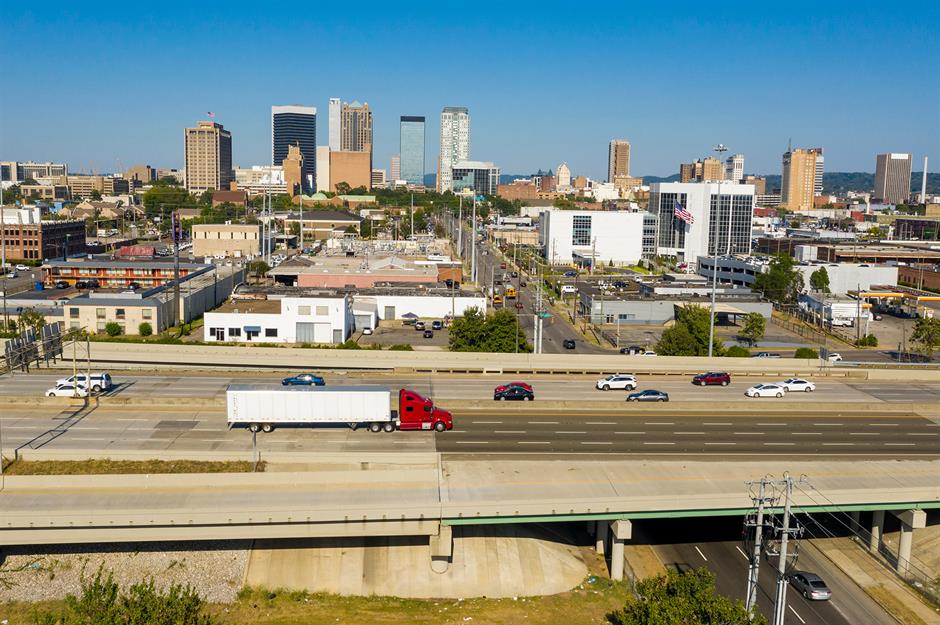
Home to Alabama’s most populated city, Birmingham, Jefferson County filed for bankruptcy in 2011 following a sewer scandal. In the 1990s county officials launched an overhaul of the entire sewer system in the county, a construction project that was supposed to create jobs while improving the area’s aging sewer infrastructure. However, two major problems relating to the project’s financing put the county in crippling debt – the largest amount ever for municipal bankruptcy filing at the time.
Jefferson County, Alabama: $4.2 billion debt
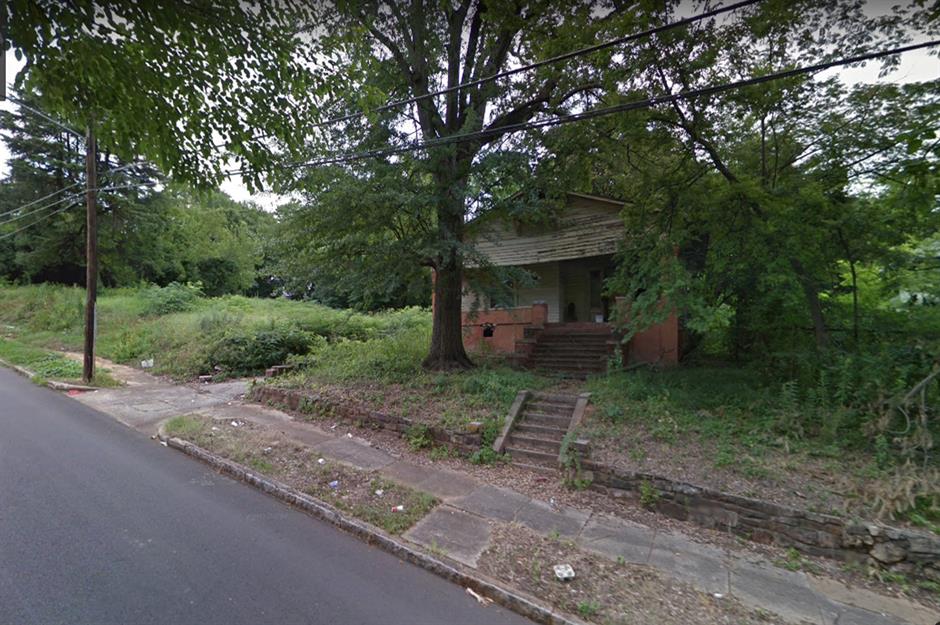
The first issue was that the county borrowed large sums of money to rebuild the sewers and spent much of it on bribes. Then, as the project’s price tag ballooned, the water rates for local customers grew along with it, leaving locals unhappy. Short on cash and still without new sewers, the county pursued a bond deal with interest-rate swaps, a type of financial product that proved costly for Jefferson County during the financial crisis in 2008. In fact, several county officials ended up in court for fraud, with some serving time in prison.
Jefferson County, Alabama: $4.2 billion debt
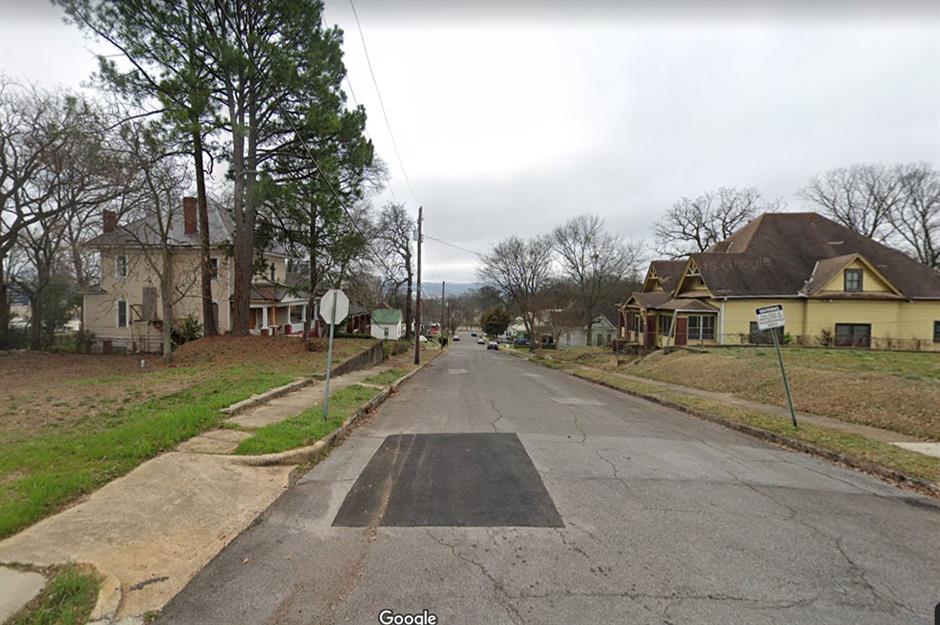
In the aftermath of the bankruptcy the county slashed jobs and spending. Roads have degraded past the point of repair and will now need to be removed and rebuilt. In 2019, the state legislature approved a 10-cent per gallon gas tax, but it came with limitations on how the funds could be used. The money can pay for construction contracts or for purchasing road construction materials under bids but not to purchase equipment, nor pay salaries if a municipality wants to pave the roads in-house.
On the 10-year anniversary of the bankruptcy, county commissions recalled the event as “traumatic” and confirmed the issues had been solved and new policies enacted to prevent it from happening again.
Detroit, Michigan: $18.5 billion debt

Detroit became the largest municipal bankruptcy in US history in July 2013. Home to the country's automotive industry, the city boomed in the 20th century, creating a large tax base. However, when the industry went into decline, Detroit suffered. Compared to its peak population of 1.8 million in 1950s, its 713,000 population in 2010 was a shadow of the city’s glory days. 'Motor City' has long struggled to pay its bills and made cuts to services before filing for Chapter 9. By 2013, an estimated 40% of its street lights weren't working, and there were around 78,000 abandoned buildings across the city.
Detroit, Michigan: $18.5 billion debt
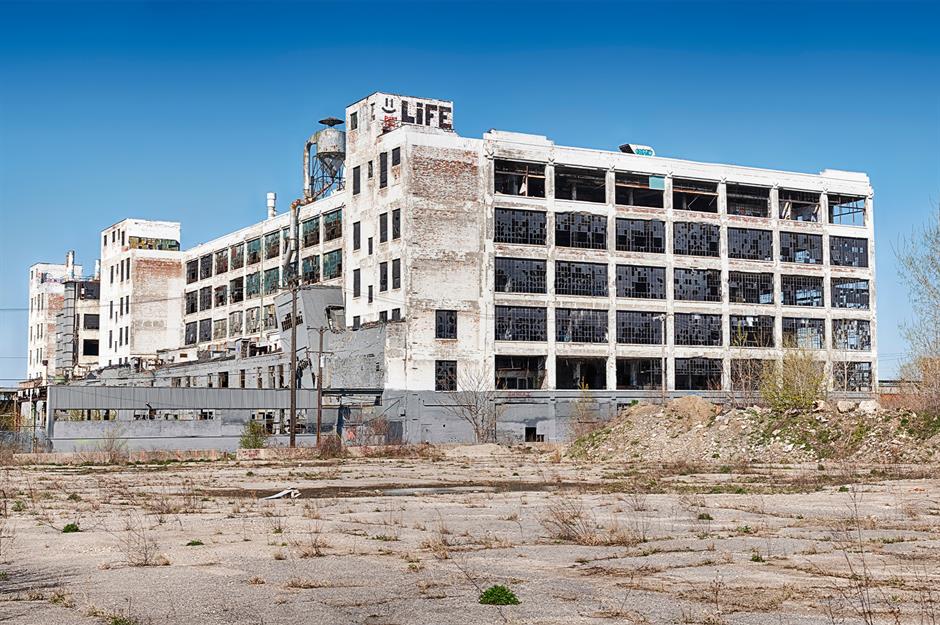
Corrupt politicians contributed to the money troubles. A former mayor went to prison on 24 corruption charges, which included taking $9.6 million-worth of illegal profits from water and sewer contracts; giving a $500,000 grant that was earmarked for kids and seniors to his friends instead, and misusing a city credit card to pay for a trip to Las Vegas, including spa visits, a hotel room for the babysitter, and an $850 steak dinner, according to USA Today. Prosecutors emphasized the bankruptcy wasn’t his fault, but his misuse of funds certainly didn't help the situation.
Detroit, Michigan: $18.5 billion debt
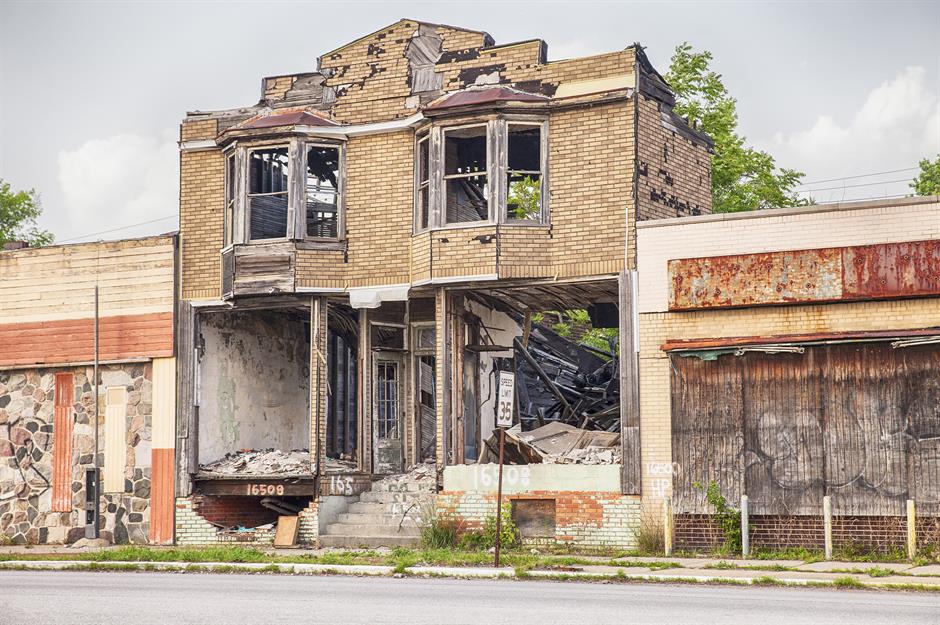
Part of the bankruptcy proceedings centered on the city-owned Detroit Institute of Arts, and it was suggested that Detroit could sell some of its art collection to pay for its debts. Instead the judge sought donations from major foundations to transfer museum ownership from the city to a non-profit. More than $800 million was raised in what became known as the “grand bargain,” with a stipulation that the money had to go into the city’s pension fund. Detroit exited bankruptcy in November 2014, 17 months later.
Nearly a decade later, the city says its finances have improved. However, there are more challenges ahead. Over the last 10 years Detroit's pension systems have continued making payments to retirees, but without any contributions from the city. As of 2025 that will change and the city will be required to resume these payments. Will this affect Detroit's newly improved financial situation? Only time will tell.
Now read about the cities that used to be rich but are now poor
Comments
Be the first to comment
Do you want to comment on this article? You need to be signed in for this feature